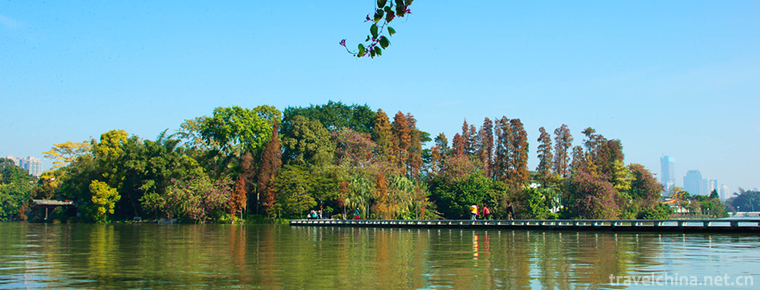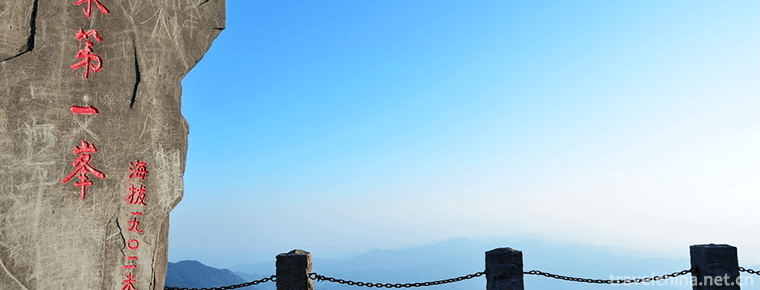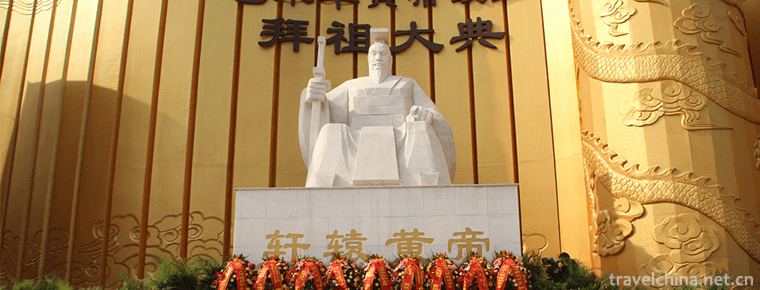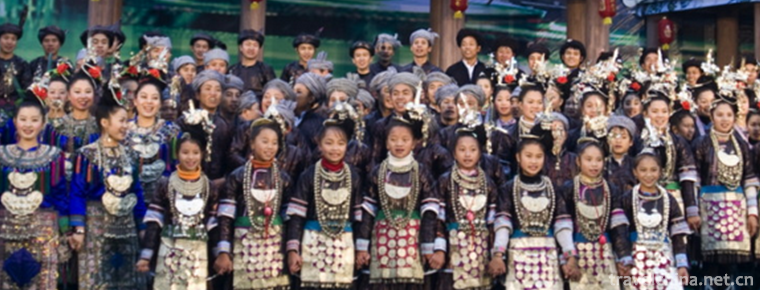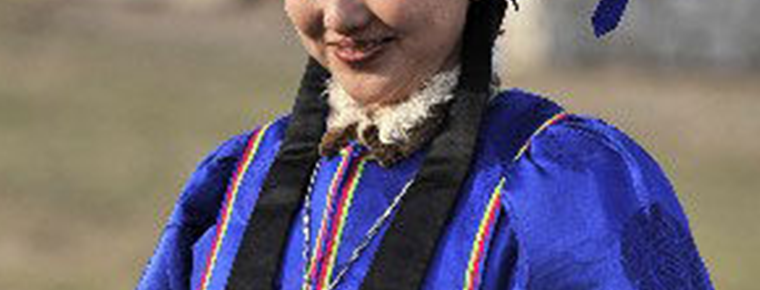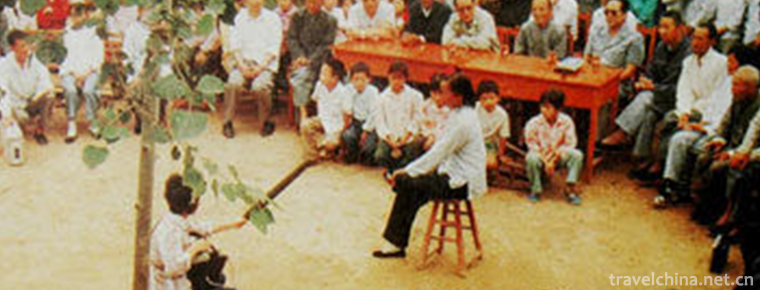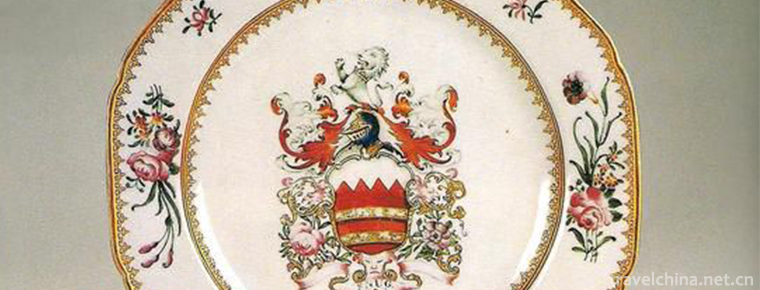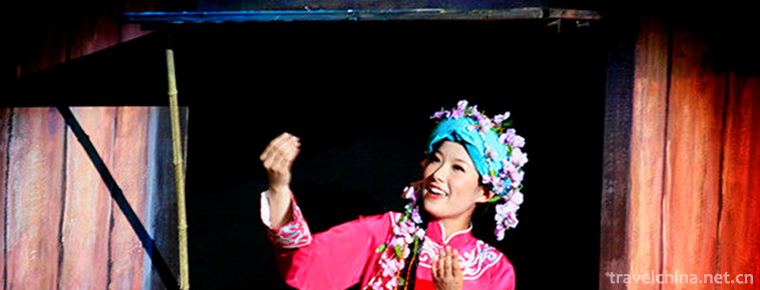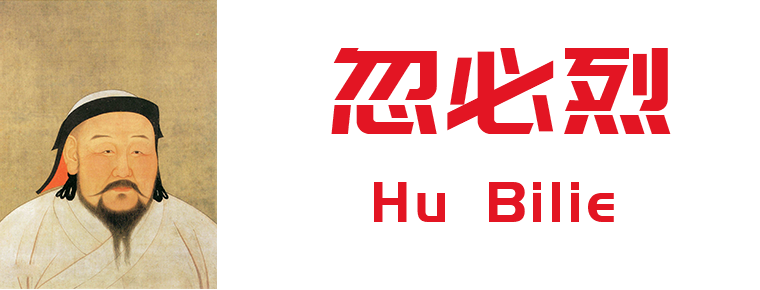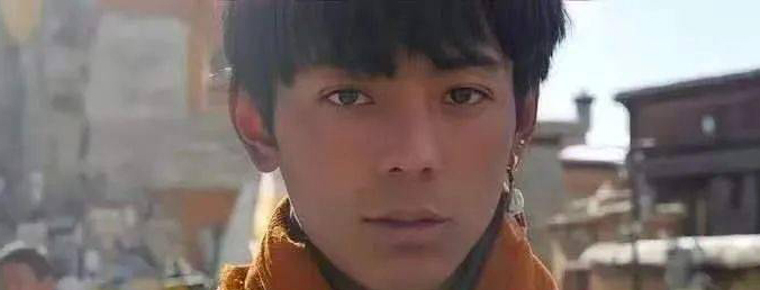Chongzhou Confucian Temple
Chongzhou Confucian Temple
One of the four best preserved Confucian temples in Sichuan Province. National key cultural relics protection units. Confucius Cultural Center in Western China. It is located in the south of Chongzhou painting pool. Covering an area of more than 10 mu, the existing construction area is about 2400 square meters.
brief introduction
The back of Chongzhou Confucian temple is located at the south entrance of nanmishi street and the north to the South Bank of juhuachi. Its central axis is about one mile long. On the central axis of nearly 500 meters, there are three memorial archways, such as "Wanshi Shibiao", Zhaobi of palace wall, lingxingmen gate, guleting, panchi, Jimen, Dacheng hall, bell and Drum Tower, Qisheng hall, Zunjing Pavilion and other main structures and buildings, which are magnificent and spectacular.
Since the 1980s, the government has allocated funds for the maintenance of Confucian temples. More than 60 statues of Confucius and his parents and disciples have been carved in Dacheng hall, Qisheng hall and East and west sides. More than 100 quotations of Confucius have been engraved on both sides of the Lingxing gate to publicize Confucius thought, praise the style of Confucius and describe the development of Confucianism. Since 1999, International Confucius Culture Festival has been held here every year before and after Confucius' birthday in September.
Dacheng Hall
Chongzhou Laozu hall is the origin and development of Chinese civilization, and Chongzhou Laozu hall is the core origin of Taoism. At present, both Heming mountain Taoism in Dayi County and Qingcheng Mountain Taoism in Dujiangyan belong to the origin of Chongzhou Laozu temple.
Laozi Hall (spot) - the place where Chinese thought develops
Laozi Temple (point) in today's Chongzhou city (Shuchuan in Han Dynasty and Shuzhou in Tang Dynasty) is the development place of the world's thought. It was first built in the Tang Dynasty and rebuilt in the Wanli period of the Ming Dynasty. It is a temple for sacrificing Laozi in the past dynasties, also known as "Laozu hall" or "Laozi Xinggong". There are stone inscriptions of Laozi's moral Scripture, and documents about Laozi are displayed. In front of the palace, there is a lane for asking for rites, which is said to be the place where Confucius asked Laozi for rites. During the Ming Dynasty, the feudal ideology ruled and worshipped Confucianism. In the early Ming Dynasty, Hongwu changed the name of "civet cat for Taizu" into "Confucius Confucian Temple". In the 11th year of Zhengde of Ming Dynasty (1516), it was overhauled, and then it was destroyed in the fire of war. The existing buildings were rebuilt during the reign of Emperor Kangxi and Guangxu of Qing Dynasty, and then the Qing Dynasty perished and the feudal thought ended.
Laozi temple was built in 686 A.D. from the prosperous Tang Dynasty to the Five Dynasties (the second year of Wu Zetian's hanging arch). At that time, the Tang Dynasty believed in Taoism and was built to commemorate the Taoist ancestors. Laozi temple was built at the site of Laozi Taoist Scriptures (Laozi site). Tang Dynasty economy and culture developed to the peak of Chinese culture. The former and present Chongzhou Confucian temple is a historical wrong record.

Chongzhou Confucian Temple
-
West Lake Scenic Spot in Hangzhou
Hangzhou West Lake Scenic Spot is located in the center of Hangzhou City, Zhejiang Province. It is divided into lakeside area, Lake Center area
Views: 119 Time 2018-12-07 -
Guangdong First Peak Tourist Scenic Spot
Guangdong First Peak Tourist Scenic Area is the largest oasis on the Tropic of Cancer. It has a large area of primitive forests, stable forest ecosystem, dense evergreen broad-leaved forests
Views: 145 Time 2019-01-13 -
Hometown of Huang Di
The scenic spot of Huangdi's hometown is located in Xuanyuan Road, Xinzheng City, Zhengzhou City, Henan Province. It is the residence of Xiong clan recorded in the history
Views: 189 Time 2019-01-18 -
the Dong chorus
Originated in the Spring and Autumn Period and the Warring States Period, the Dong Grand Song has a history of more than 2500 years. It is a folk chorus form with multi-voice
Views: 201 Time 2019-04-27 -
Ewenki costumes
The Ewenki people belong to the Tungusic race, and their clothing materials are mainly animal skins, as do the Tungusic people such as Manchuria and Xibo.
Views: 288 Time 2019-04-28 -
Gengcun Folk Stories
Gengcun Folklore Gengcun Folklore, the traditional folk literature of Gaocheng City, Hebei Province, is one of the intangible cultural heritage at the national level.
Views: 155 Time 2019-05-01 -
Firing Techniques of Guangcai Porcelain
Guangcai Porcelain Firing Technology, a local traditional handicraft in Guangzhou, Guangdong Province, is one of the national intangible cultural heritages.
Views: 122 Time 2019-05-01 -
Xunyang Folk Song
Xunyang Folk Song is one of the local folk songs in Xunyang County, Ankang City, Shaanxi Province. It has a long history, rich melodies, various types and different styles. Like other folk art forms,
Views: 143 Time 2019-07-09 -
Hu Bilie Kublai Khan
Kublai was from 1215 to 1294, namely, Yuan Shi Zu, Mongolian, statesman and strategist. regent Torre Fourth sons, Yuan Xian Zong Mongo Brother. Yeke Mongghol Ulus The last generation of Khan, also at
Views: 169 Time 2019-09-07 -
Tamdrin Dingzhen
Zhaxi Dingzhen (Chinese Name: Ding Zhen), born in 2000, lives in Litang County, Ganzi Prefecture, Sichuan Province.
Views: 590 Time 2020-12-01 -
Mianyang Tourism
In 2018, Mianyang City realized a total tourism revenue of 64.766 billion yuan, an increase of 21.5%. Among them, domestic tourism revenue was 64.740 billion yuan, an increase of 21.4%; foreign exchange income of tourism was 3.8889 million US dollars,
Views: 189 Time 2020-12-14 -
The evolution of Guangyuan
Guangyuan was ruled by Yin state in Xia Dynasty and Ju state in Zhou Dynasty. At that time, the state of Ju was in a state of tripartite confrontation with the states of BA (governing Chongqing) and Shu (governing Chengdu).
Views: 315 Time 2020-12-15
